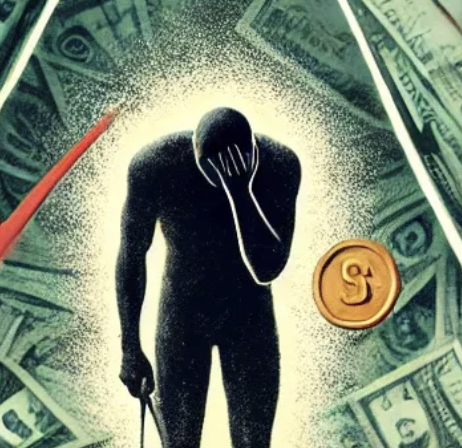Chronic pain is a pervasive and costly issue, affecting billions worldwide and costing the U.S. economy over $1 trillion annually, as highlighted in our recent post, Chronic Pain: The $1 Trillion Problem. Beyond the financial toll, the human cost is immense, impacting mental health, relationships, and overall quality of life.
A recent New York Times article underscores the complex and often misunderstood nature of chronic pain. It highlights the stigma patients face and the urgent need for innovative, empathetic care. Addressing this silent epidemic requires a multi-faceted approach that combines cutting-edge technology, comprehensive care, and a shift in societal attitudes.
Understanding the Chronic Pain Cycle
Chronic pain often creates a self-perpetuating cycle:
- Physical Pain: Persistent discomfort limits mobility and daily activities.
- Emotional Distress: The frustration of living with pain can lead to anxiety, depression, and feelings of isolation.
- Reduced Activity: Fear of exacerbating pain often leads to inactivity, weakening muscles and increasing stiffness.
- Worsening Pain: Inactivity can heighten pain, perpetuating the cycle.
Breaking this cycle involves addressing not just the symptoms but the underlying causes and contributing factors.
Key Strategies for Managing Chronic Pain
- Comprehensive Pain Management
Effective treatment often involves a combination of therapies tailored to the individual. This can include physical therapy, medication, counseling, and complementary treatments like acupuncture or yoga. Multidisciplinary pain clinics and specialists are key to delivering integrated care. - Innovative Imaging Solutions
Advanced imaging technologies are transforming the way we understand and treat chronic pain. Companies like Lutroo Imaging are at the forefront of this revolution, providing detailed insights into pain mechanisms. By identifying specific sources of pain, these tools enable more precise and effective treatment plans. - Mental Health Support
Chronic pain and mental health are deeply interconnected. Cognitive Behavioral Therapy (CBT) and mindfulness practices can help patients reframe their relationship with pain, reduce stress, and improve coping mechanisms. - Lifestyle Adjustments
- Exercise: Gentle, low-impact activities like swimming, walking, or tai chi can improve mobility and reduce pain over time.
- Nutrition: Anti-inflammatory diets rich in fruits, vegetables, whole grains, and omega-3 fatty acids can support overall health and potentially reduce pain levels.
- Sleep Hygiene: Restorative sleep is crucial for managing pain. Practices like maintaining a regular sleep schedule and creating a calming bedtime routine can help.
- Advocacy and Education
A recent New York Times article highlights the importance of raising awareness about chronic pain to reduce stigma and encourage empathy. Patients, caregivers, and healthcare providers must work together to advocate for better access to care and increased research funding.
The Role of Innovation in Chronic Pain Treatment
The future of chronic pain management lies in innovation. Promising advancements include:
- Neuromodulation: Devices like spinal cord stimulators are helping patients manage pain by altering nerve signals.
- Personalized Medicine: Genetic testing may soon enable tailored treatments based on an individual’s unique biology.
- Advanced Imaging: Lutroo Imaging’s cutting-edge pain imaging technology is paving the way for more accurate diagnoses and personalized care plans.
A Call to Action
Chronic pain is not just a medical issue—it’s a societal one. By addressing the physical, emotional, and economic impacts of pain, we can improve lives and reduce the burden on healthcare systems.
To learn more about the broader implications of chronic pain, visit Chronic Pain: The $1 Trillion Problem and read the extended article on Medium.
Explore how Lutroo Imaging is revolutionizing chronic pain diagnostics, and read the New York Times feature for a deeper dive into the human side of this complex condition. Together, we can break the cycle of suffering and create a future where chronic pain is no longer a life sentence.

